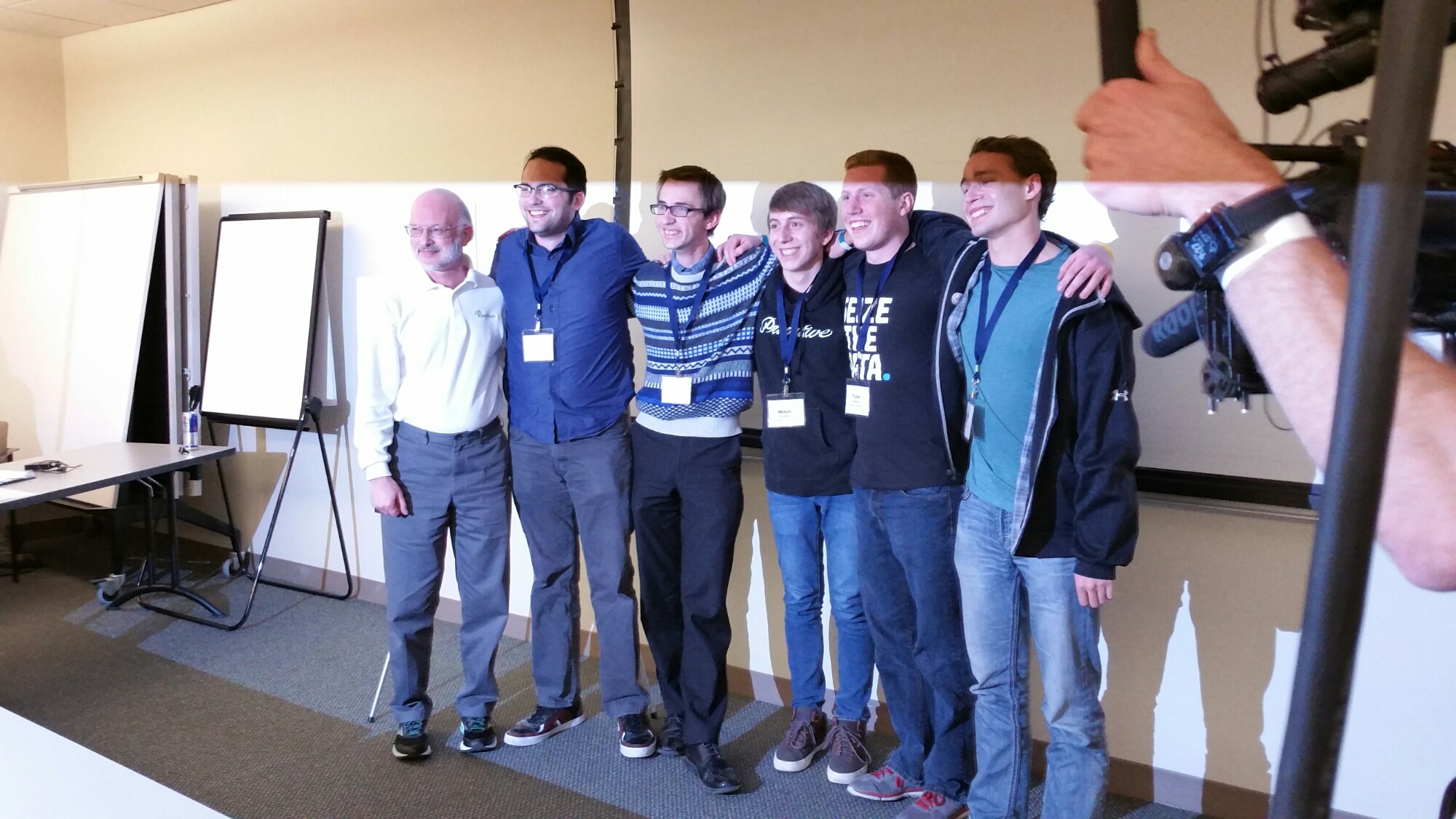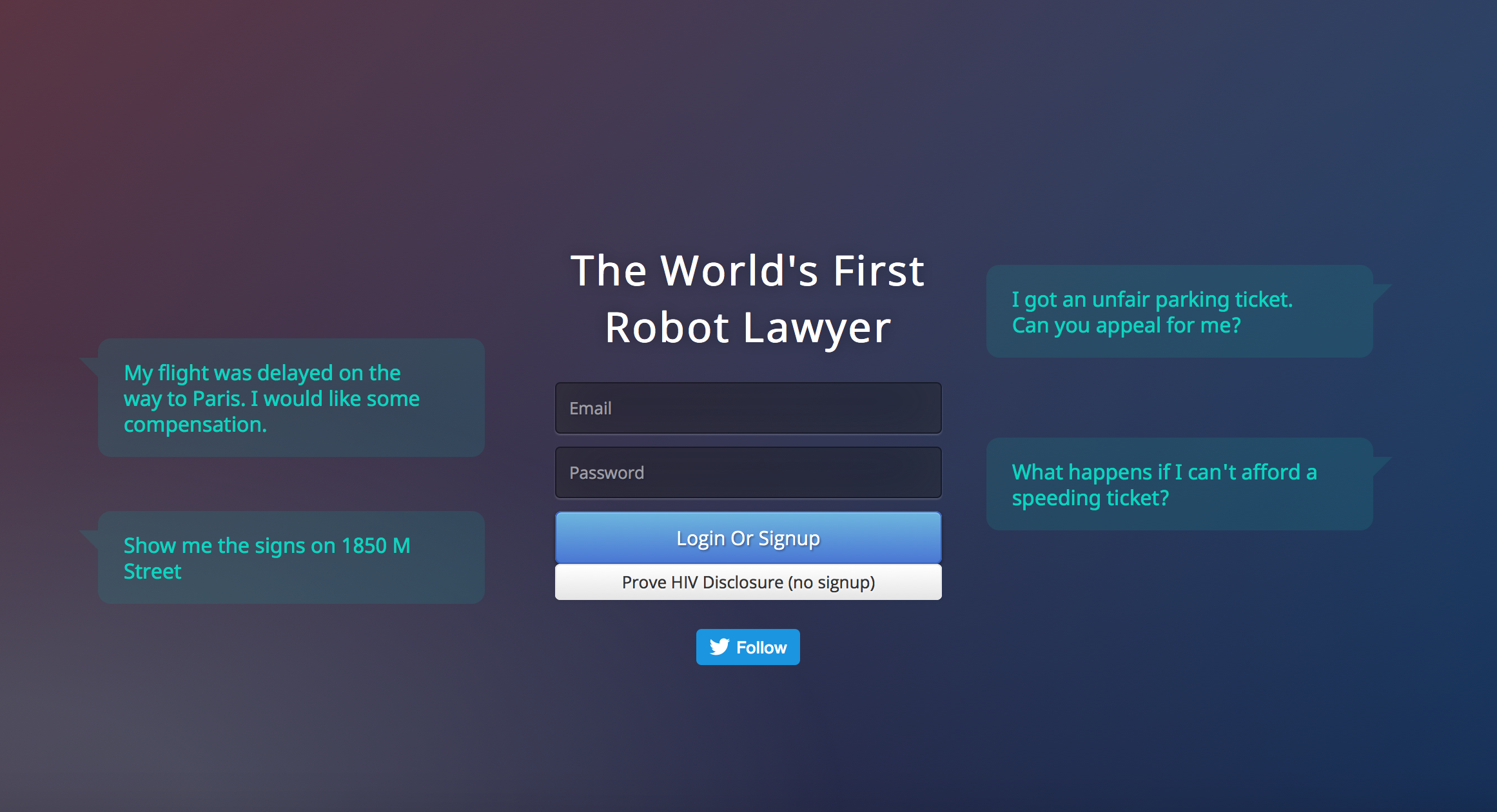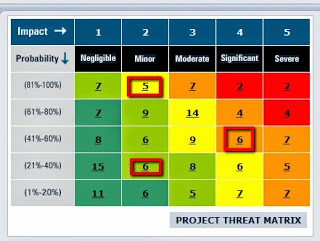Earlier this month, I was lucky enough to be a judge at the CourtHack hackathon in Salt Lake City, sponsored by the National Center for State Courts. The event brought a whole room full of technologists and lawyers together, and set them working for about 24 hours on problems around court user experience, data, and efficiency.
The National Center for State Courts had identified several leading court professionals, including judges, CIOs, and CTOs, to identify a short list of five major challenges that they face in their court and that they are looking for new technological solutions to.
These five use cases were presented on the hackathon’s website before the event, and then pitched at the very start of the event, before the teams were formed and started hacking. I quickly sketched out these core challenges, and the professionals who pitched them. Please find them below, hopefully my handwriting is comprehensible.
Challenge: how do we help courts be more experimental, more agile, and more able to innovate for the sake of their users?
Challenge: how do we match individual court users to the right resources, customized pathways, and correct languages for them?
Challenge: how do we help people who need immediate restraining/protective orders get them quickly, safely, and clearly?
And, related challenge: once a protection order is in force, how can we get all the government agents and people who should know about it to know about it, and abide by it?
Challenge: how can we make small court procedures more convenient, online, and efficient so that people don’t have to take off work or end up in a black hole of procedures and waiting around?
Challenge: how can courts better monitor and intervene in elder abuse situations in guardianship arrangements?
The hackathon was a terrific success. All of the teams stayed and completed real working demos of new projects, and the judges had a very hard time choosing among all of the great ideas.
In the end, the winner was a concept called Robot Lawyer, that would help a person to figure out what their problem was and how to get it resolved through court, through a very simple and conversational interface, that look just like a messenger app with back and forth messages comma with a robot on one end and the user with the legal problem on the other. The winning team, together with NCSC’s Tom Clarke:
The excitement around this project was in how many problems it could be applied to, and how well the design works for what users need. It was a promising alternative to the usual type of experience that people have on court and legal websites. It was not a static web form. It was not a long checklist of things to know or to think about. It was not a lengthy article describing a problem or a procedure in detail.
Instead, it offered quick clips of information, directly in response to what the user has asked for or is concerned with. It had personality, a sense of humor, and a sense of humanity. Also, it did the functions of intake and filling out a form in a very lightweight and quick-seeming way. From the users point of view it’s felt very efficient and helpful, as a very lightweight way to get their legal forms filled out and understand what they have to do for a process.
This Robot Lawyer app resonates with the larger industry trends around the rise of conversation bots. All kinds of industries are now we orienting themselves around the power of automated messaging bots, that can be the new way that people find information and get tasks done online.
So why not bring conversation bots into legal services too? Clearly there will be some concerns around unlicensed practice of law, and whether laypeople will have an expectation of a lawyer-like relationship if they are interacting with human-like bots, and they have a sense that they are having a conversation with an intelligent being.
But for now, it’s still worth exploring how this new mode of interacting with information and communicating needs and getting legal tasks done online could be so powerful you’re such a simple interface of a messaging app.
Back to the hackathon as a whole — it was great to see eager young technologists, most of whom had no previous exposure to the legal system or the access to justice crisis, working so hard to build new protection order apps, elder abuse predictive analytics, and jury management systems. In 24 hours, they made real working code to start solving the courts’ problems, and handed off great concepts and designs for the courts to implement.
Here, find some more photos of the hackathon activities and the final demos.


























































